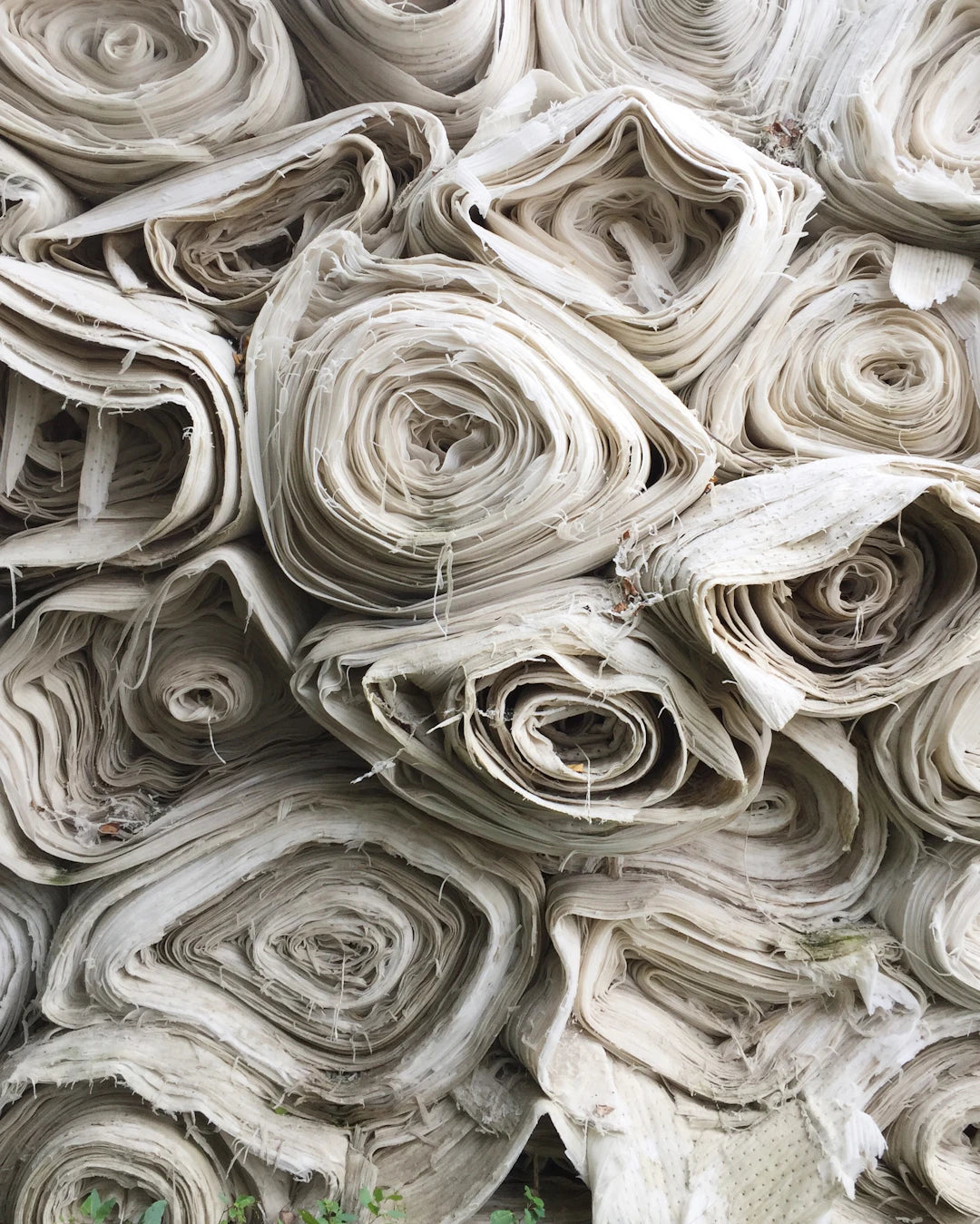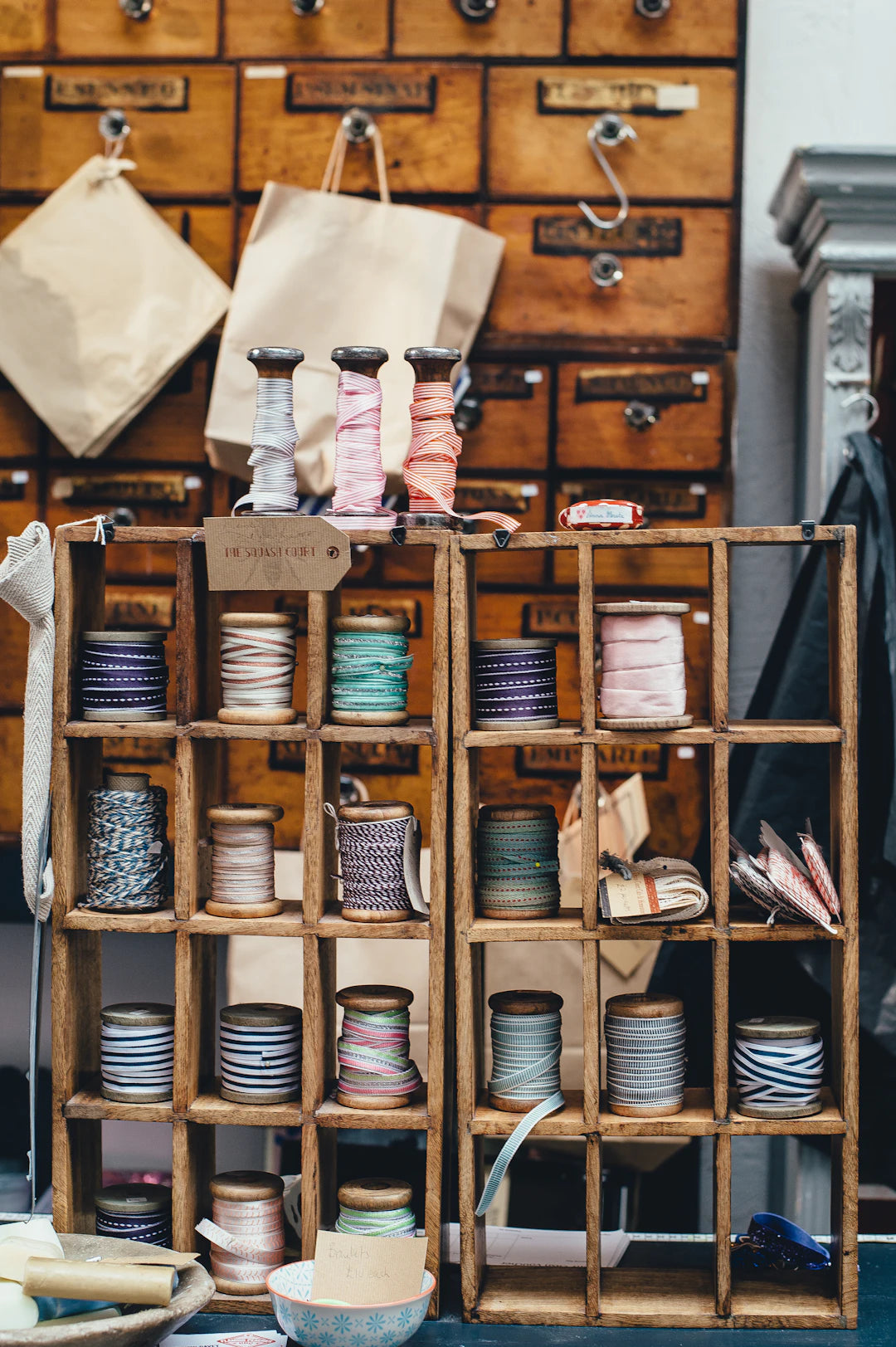Sketching fabric folds and drapery is an essential skill for any fashion designer or illustrator. Whether you're crafting a new garment design or working on a fashion illustration project, understanding how to accurately depict the texture and movement of fabric can elevate your work. In this article, we’ll explore some invaluable tips for sketching fabric folds and drapery that will enhance your artistic capabilities. Plus, we’ll look into some fashion illustration tools that can help you achieve the best results.
Understanding Fabric Structure
Before you start sketching, it's important to understand the different types of fabrics and how they behave. Different materials will have unique properties that affect how they fold and drape.
Types of Fabric
- Cotton: This fabric is lightweight and can hold shape well, creating defined folds.
- Silk: Known for its softness and fluidity, silk drapes elegantly and produces soft, gentle folds.
- Denim: Heavier than cotton, denim provides structure, yielding more rigid folds.
- Linen: It has a crisp texture, producing sharp, defined lines.
Understanding these elements can help you visualize how fabric interacts with the human form and environment, which is crucial for creating realistic sketches.
Techniques for Sketching Folds
When you begin sketching fabric folds, remember that practice makes perfect. Below are some techniques to enhance your sketching skills:
Observe and Study Real Fabrics
One of the best ways to hone your skills is to observe real fabric. Collect different types of fabrics and drape them over various surfaces. Notice how the light interacts with the fabric, how shadows form, and where the most pronounced folds occur.
Use Basic Shapes
Start by breaking down folds into basic geometric shapes. This will simplify the complexity of drapery. For example, when sketching a shirt, consider how the folds can be represented using ovals, circles, and triangles. This breakdown can also help in planning the flow of the fabric.
Draw with Lines and Curves
Your sketches can be more dynamic by utilizing a mix of straight lines and soft curves. Lines can convey strength, while curves add movement and fluidity. When sketching a specific area of drapery, be mindful of how the fabric collapses and stretches.
Creating Depth and Shadow
Incorporating depth and shadows in your sketches is vital for realism. Here are some pointers:
Use a Variety of Tones
Choosing the right colors and tones helps in depicting the texture of fabric effectively. Light colors usually represent lighter fabrics, while deep shades work well for heavier materials. A variety makeup kit can be invaluable here; make sure you have a selection of shades that can add depth to your illustrations.
Incorporate Shadowing Techniques
Using shading can significantly enhance the perception of depth in your sketches. When drawing folds, shade the areas that would naturally be darker (like under the fold) and leave the overlapping parts lighter. Cross-hatching is a popular technique that can offer a more stylized approach to shadowing.
Pay Attention to Gravity and Movement
Fabric is subject to the laws of physics, and understanding how gravity affects it can lead to more lifelike sketches. Here’s how you can keep it in mind:
Observe Gravity’s Influence
If a garment is loose, fabric will have longer, more fluid folds. In contrast, a tight fabric will have shallower, sharper folds. Sketching life models, or using mannequins can provide you with accurate representations of how various fabrics conform to different positions and postures.
Study Fashion Illustrations
Looking at established fashion illustrations can offer insight into how others depict fabric folds. Pay attention to how different artists approach the same fabric types; this will help you define your style while learning new techniques.
Choosing the Right Fashion Illustration Tools
Having the right drawing tools at your disposal can make all the difference in your sketching process. Here are some essential fashion illustration tools:
- Sketching Pencils: Invest in a range of pencil grades (2B to 6B) to create varying line densities and details.
- Markers: Alcohol-based markers provide vibrant colors and can be used for shading.
- Sketchbooks: Use high-quality, textured paper that can withstand erasing and blending.
- Digital Tools: Programs like Procreate can offer flexibility and endless possibilities for fabric rendering.
Practice Makes Perfect
Sketching effective fabric folds and drapery isn't achieved overnight. It requires dedication and continuous learning. Here are some suggestions for practice:
Frequent Sketching Sessions
Make sketching a daily habit. Even 15-30 minutes a day can yield incredible improvement. Set specific goals, such as mastering the folds of a particular fabric type.
Join Workshops or Classes
Participating in fashion illustration workshops or classes can expose you to expert techniques and constructive critiques. Networking with other artists can spark new ideas and boost your creativity.
Experimentation Is Key
Don’t hesitate to experiment with different styles and techniques. The freedom to play around with the medium can lead to unexpected results that might become your signature style.
Mix Traditional and Digital Techniques
Consider combining traditional sketching methods with digital illustration techniques. Using a tablet for coloring after sketching by hand can yield uniquely combined effects that stand out in your portfolio.
Showcasing Your Skill
Once you feel confident in your ability to sketch fabric folds and drapery, it’s time to showcase your work. Building an online presence is crucial:
Building a Portfolio
Curate a portfolio that showcases your best work. Highlight different styles and fabrics, ensuring you show a wide variety of skills. A well-rounded portfolio can open doors to numerous opportunities.
Engage on Social Media
Social media platforms like Instagram and Pinterest are excellent for sharing your fashion illustrations. Participate in challenges and collaborate with other artists to broaden your reach. Use relevant hashtags to gain visibility within the fashion illustration community.
Final Thoughts to Elevate Your Sketching Journey
Sketching fabric folds and drapery is an art that requires patience, observation, and practice. By mastering these techniques and utilizing the right fashion illustration tools, you can create stunning, lifelike sketches that captivate your audience. Remember, the more you sketch, the more you will grow as an artist. Embrace every opportunity to learn, observe, and create. Who knows? Your next masterpiece might just be around the corner!
Check out another user's Shopify or Wix store by clicking this store link. Note that this is a promotional link, and we assume no liability for the content of the linked store.





Leave a comment
This site is protected by hCaptcha and the hCaptcha Privacy Policy and Terms of Service apply.